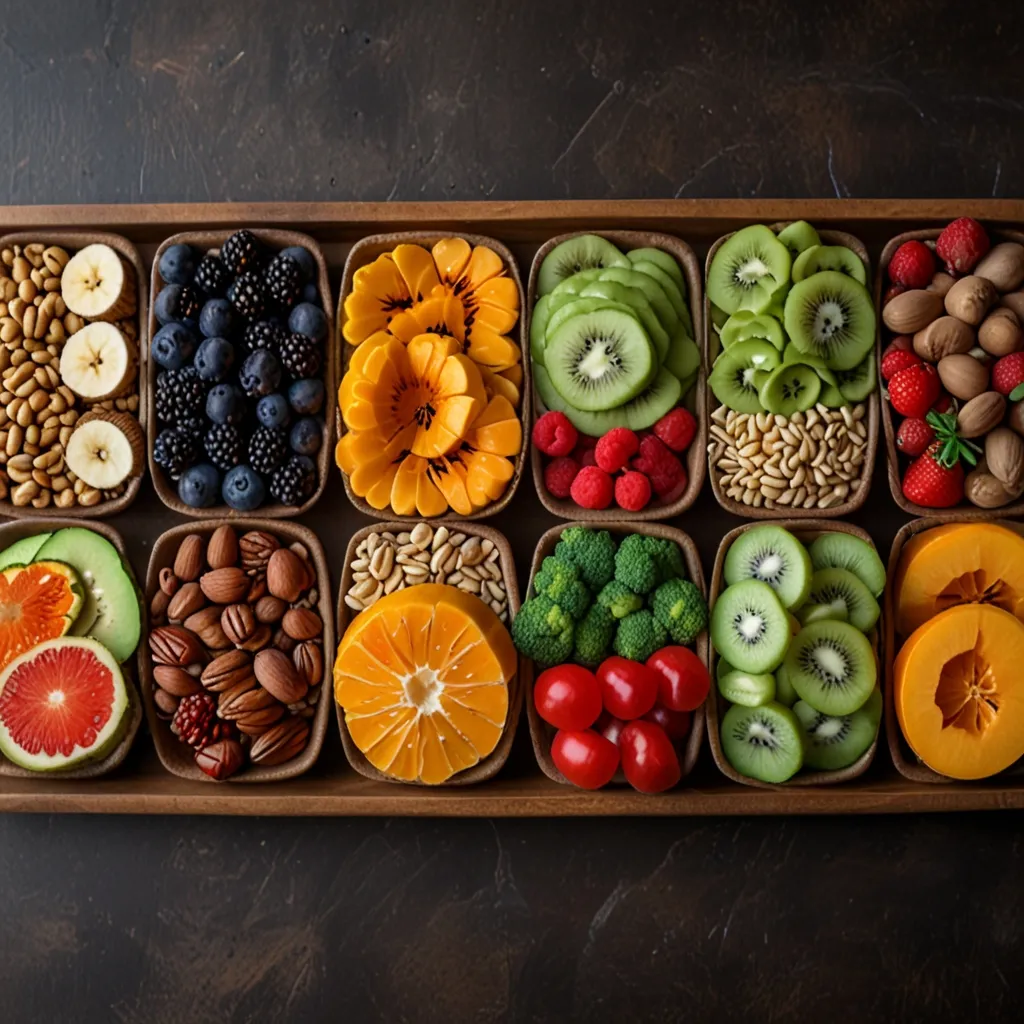Cellulite is a skin condition that everyone seems to be talking about. From your best friend to that random influencer sharing their latest remedy, it’s a buzzing topic. It mostly affects women, leading to that familiar dimpled and uneven skin surface. The thing about cellulite is—it’s not just a vanity issue. It can mess with our self-esteem and impact our quality of life. Sure, there’s no magic bullet to zap cellulite away forever, but various treatments and lifestyle tweaks can help make it less visible.
Cellulite and What It’s All About
Unlike plain old fat, cellulite happens when fat deposits push through the connective tissue beneath the skin. This creates that lumpy, bumpy appearance we’re all too familiar with. It’s more common in women due to different fat, muscle, and connective tissue distribution. You’ll often find it on the butt, thighs, and hips, but don’t be surprised to see it pop up in other places too.
Ways the Pros Tackle It
On the medical side of things, several treatments can help reduce that cottage-cheese look. Acoustic wave therapy is one option, using sound waves to break up the tough bands under the skin. It takes a few sessions, but you’ll start seeing results. Then there’s the high-tech laser world. Treatments like Cellulaze™ insert a tiny laser under the skin to break up those pesky bands. This not only smooths the skin but can also thicken it, making the effects last for a year or more. There are other laser options as well, promising results for six months or longer, though some of the dimples might come sneaking back.
Subcision, known commercially as Cellfina™, works a bit differently. A dermatologist uses a needle to snip the bands under the skin, yielding up to two years of smoother skin. Another quirky-sounding method is vacuum-assisted precise tissue release, involving small blades to cut the tough bands. This can last around three years, but research is still ongoing to solidify these claims. Carboxytherapy is a bit newer, where carbon dioxide gas is injected under the skin to reduce the appearance of cellulite. It may cause some discomfort and bruising but is another option on the table.
Eating Your Way to Smoother Skin
Diet doesn’t just affect your waistline—it can also play a big role in cellulite. Eating hydrating foods like veggies, fruits, and herbs helps keep your skin lush and reduces bloating. Foods high in fiber, like leafy greens, nuts, and seeds, boost metabolism and help balance hormones, keeping cellulite at bay. Clean protein sources like grass-fed beef, free-range poultry, and wild-caught fish help keep your metabolism ticking, while potassium-rich foods such as avocados and bananas help flush out excess fluids and waste from your cells.
Healthy fats from sources like coconut oil and wild-caught fish can also promote better tissue health. And don’t forget hydration! Drinking lots of water helps keep your skin plump and smooth.
Sweat It Out
Exercise is a powerhouse when it comes to reducing cellulite. Strength training can build muscle, making the skin look a lot smoother and firmer. And by replacing fat with muscle, the dimply appearance can become less noticeable. Living a healthy lifestyle, balancing your diet, and sticking to regular workouts can help prevent cellulite from forming in the first place. Quitting smoking and staying active are also great lifestyle changes to make for healthier skin overall.
Going the Natural Route
There are several natural remedies that can team up with medical treatments to help diminish cellulite. Flaxseeds, for instance, can modulate estrogen levels and might even boost collagen production, which is a big win for your skin. Hydrating foods like melons, berries, cucumbers, and citrus fruits can keep your skin happy and full of moisture.
Essential oils and herbal extracts such as Gotu kola and kelp help support skin health and metabolism. Gotu kola is a cool option since it doesn’t contain caffeine and isn’t a stimulant, making it safe for most people.
Pills and Potions? Maybe!
Certain supplements can also chip in to help combat cellulite. Extracts like Vitis vinifera, Ginkgo biloba, Centella asiatica, Melilotus officinalis, Fucus vesiculosus, fish oil, and borage oil are thought to help thanks to their antioxidant properties. Even Aronia juice, believed to enhance cellular metabolism and improve microcirculation, might help keep cellulite in check.
Rub It Out
Massage therapy is one of the oldest tricks in the book for dealing with cellulite. Massages stimulate lymphatic drainage, attacking the impaired microcirculation and drainage problems that often come with cellulite. While manual massages aren’t as common in clinical settings, mechanical massage systems like LPG Endermologie are FDA-approved and have shown significant improvement for many people.
Wrapping It Up
Reducing cellulite isn’t a one-size-fits-all game. It involves a mix of treatments, dietary changes, exercise, and natural remedies. While a definitive cure might be out of reach, combining these methods can certainly make a difference. It’s a good idea to check in with a healthcare professional before diving into any new treatments to make sure you find the best approach for your unique situation. So, don’t fret—there are plenty of ways to tackle those stubborn dimples and get back to feeling confident in your own skin.






